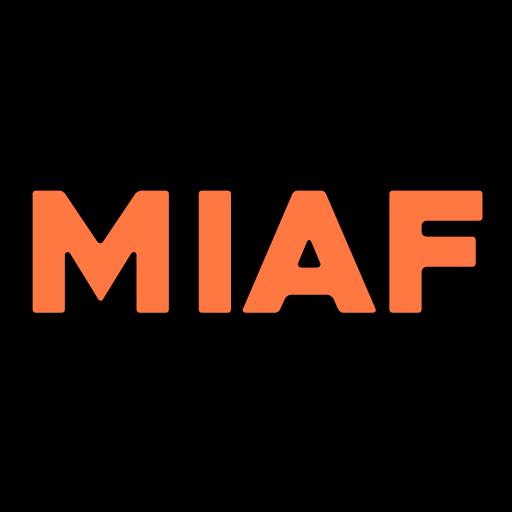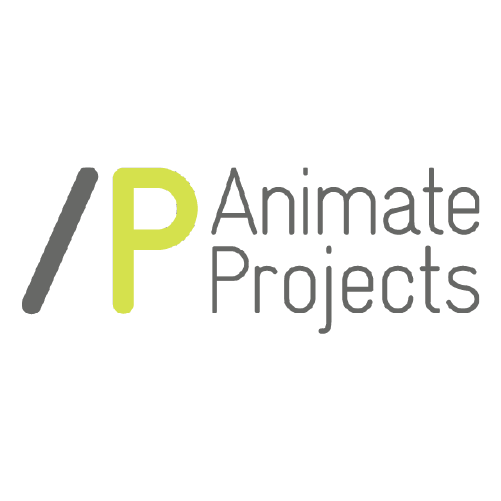 “Calling Doctor Freud…. Doctor Freud to the Animation Department please.”
“Calling Doctor Freud…. Doctor Freud to the Animation Department please.”
Black Sheep Boy (James Molle) – where to begin? One of the things that animation as an artform is preternaturally constructed to best perform is the visualisation of the hyper-fluid post-reality displosions (yeah, not a real word – but think about it!) of dreams and nightmares in a way that can be consumed or at least absorbed on some level by another detached, independent consciousness being operated by a fully awake human. It’s a pretty neat party trick; there isn’t another expressive platform that comes even close to being able to pull this off.

But even by the ultra-elasticated standards of the wildest animation Black Sheep Boy is a stop-and-marvel moment. Actually, it is far more than a moment. In fact, at 15 minutes it made it into Long Shorts and its sustained stream of stream-of-consciousness alt-narrative is all the more impressive and beguiling for it.
On paper, the narrative straight-line of this would read as way, way out there stuff that would not only not make sense but probably could not make sense. The faculties we engage to try and translate written words into meanings just do not get off the ground from that particular runway. But take this same glut of sequential connections and give them to an animator to bring to life and we get something that does not so much as ‘make sense’ per se but creates a permission path for our imagination to construct – on the fly – a unique chronicle that allow us to join the dots that are flung at us in the staccato order of presentation. In so many ways, this is our imagination functioning at its freest, most primal, most alpha level – and it feels bloody good to let that caged pet off the leash for a bit of a run during waking hours.
This is not a narrative get-out-of -jail-free card though. In many ways, it is the exact opposite. It is the exploration and the expression of some of life’s most fundamental fears and insecurities with all the ‘normal’ barriers posed by the limiting rules of rational discourse removed. Imagine having to drive to the other side of town but finding yourself freed to drive absolutely anywhere your eye or your imagination points you towards.
Adrien Merigeau’s new film Genius Loci (or ‘Mad Genius’) arrives at LIAF highly credentialed. In addition to taking out the Grand Prix at the super-cool GLAS festival in LA earlier this year, it also won a Special Mention at Clermon- Ferrand and trousered the Audi Award at the Berlinale.
It centres on Reine, a character riven with ambiguities and complexities. It doubles down on this aura of ambiguity with a design sense that embraces a multiplicity of styles, techniques and rationalities. Right out of the box, Merigeau and his lead animator, renowned Belgian comic book artist Brecht Evens, simply move in and take control of where our eyes are supposed to point. This ‘curation’ of focus-within-the-frame is sometimes blatant, sometimes more cunning and subtle to the point that after a while we barely realise that the malleable focus of our attention is being manipulated without us realising it. This process takes hold early in the film and not only paves the way for the deliberate disintegration of characters and scenery that follows but probably influences what each viewer individually takes away from the film. Mad Genius indeed.
This creative, ongoing eye-wrestle is the engine room of the film; it drives everything else. The persistent but unpredictable transformative tension stretches but never quite breaches the force-field surrounding the multiple, impossibly interwoven domes of the roiling world we’ve been dropped into. Reine herself is captive to this Hand-Of-God treatment, even as she appears to sense the upended peculiarities of her world. For us watching all of this, as much as Reine who is trying to make some kind of useful sense of it all, there are, in the end, a hundred different shards of light that could be followed out of here and they probably all go somewhere different.
“When you try to make a film the universe tries to resist. Perhaps because I was touching subjects to do with God might have something to do with it.”
That is Montreal animator Jean-Francois Levesque talking about the catalogue of travails that stalked the seven year production of his film I, Barnabé and the ultimate frustration of having Covid close the cinemas just as it was finally ready for release.

The brittle protective veneer that covers the ego so many of us rely on to maintain some sort of grip on reality and to repel the acidic confrontation with self-doubt is the raw ingredient that this film is based upon. For Levesque, however, the depth of the very personal inspiration for the film plumbs deeper than that. Embarking upon a period of spiritual search to better wrangle the loose threads of a strictly religious background, he eventually arrived at a place in which he felt he had found a meaningful spirituality that did not rely upon or specifically reference Western Christianity. This is a much more complex reading of the main character in I, Barnabé than many first impressions will render.
“It’s more to do with the consequences of his ego and his struggles taking all the space,” Levesque said during an online filmmaker chat at the Ottawa International Animation Festival (OIAF) earlier this year. “The more interesting part that we have to look for is the struggle with his inner demons and that is much more what interests me. The inspiration for the film comes very much from my own inner transformation so it’s a very personal film.”
Technically it is a stunner as well. Although predominantly stop-motion, it includes sequences made using a range of other techniques, including some intensely beautiful scenes shot using coloured liquids dropped into a water tank – a process of ‘magical accidents’ that works in direct opposition to the kind of maniacal, painstaking frame-by-frame control a stop-motion animator is more accustomed to exercising.
Another animator who turned up for a virtual chat at OIAF was Kirill Khachaturov whose film Naked certainly had plenty of eyes popping and heads being scratched. Khachaturov had his own agenda.
“If you can find the narrative in it that’s OK but, for me, it’s not a narrative film,” he said from his home in Moscow. “I’m just trying to find a kind of situation in which I can present ‘a’ reality and present my characters as existential beings that think and not just express emotions.”
The bizarre, imminently breakable design of the characters permeates every fissure of this moving psychological painting. To Khachaturov their very conception and construction represents a significant essence of the film.
“I don’t want to make them beautiful and I don’t want to make them ugly,” he offered. “I want them to appear human but not like you or me.”
The DNA of character design is an equally critical, equally cryptic element of both Ecorce (Peel) by Samuel Patthey & Silvain Monney and The Passerby by Pieter Coudyzer. Same but different.
Ecorce (Peel) is the exact kind of film that LIAF’s Long Shorts was designed to offer safe haven to. It takes the time it needs to set the scene. Simple, quiet, thoughtful, intriguing; it gives us a sense that it is steadily assembling all the pieces of its puzzle, giving us a chance to acclimatise in much the same way our eyes do when coming in from a sunny day. That is important because, to fully understand the inhabitants of this space, we have no choice but to slow down and synchronise with the world they live in. In Ecorce the big picture is the little picture – and the inverse is simultaneously true. What we might be missing here if we have not given this our whole attention is that, on one level, the entire film fits within the million creases of a single character.
The character design in The Passerby works a decidedly different side of the street. The mottled masks of these characters radiate a threateningly gauzy tone that drapes every frame. The scratchy, speckled complexion that Coudyzer bequeaths all his characters is his signature and – as with all his works – threatens the potential for a kind of muffled explosion out of the dimmer light of his film.
These are characters that ooze insecurities, uncertainties and a kind of pent-up latent fragility as if a kind of mundane, everyday kitchen knife of Damocles was invisibly hanging over their heads. He has been making these kinds of films for a while now and they get better at every turn – the emotional layers of each being piled higher and more precariously than the last.
And to the closing film Mosaic by Imge and Sine Ozbilge. The night might have a thousand eyes (as the song goes) but the day has a fair few as well. Mosaic depicts a word drenched in varied detail. Amidst and betwixt all of this, sometimes hiding in plain view, parade a roll call of transgressions and cultural spot-fires.
In the end, what specific transgression births destruction? Is it a single spark or an over-balance reached by the drip-feed of lapses and codified misdemeanours? A lot of it depends on your point of view and some of it might depend on your postcode.
One of the key things to point out here – partly because it is so obvious that it is often overlooked – is the simple, unadorned fact that in animation if you want it there, you have to put it there. A tree is not just something you point a camera at and shoot; you have to draw it, put every leaf on it and, if you want it to move in the breeze, you have to do that too. Does the cup have a handle? Is it full, half full or empty?
In turn, that means that everything – everything – is there for a reason. Worth thinking about!
ONLINE Pre-order tickets
Malcolm Turner, LIAF Co-Director
















